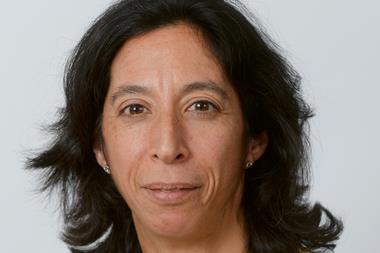NEST and Cushon, two pension schemes representing more than £26bn (€29bn) in assets, are inviting fund managers to share their views on ways they can invest in natural capital, with an initial focus on forestry.
Forestry has shown itself to be an up-and-coming asset class, with many institutional investors exploring whether this sort of strategy could improve both their risk-adjusted returns and their environmental impact, the two schemes noted.
Historically strong returns have been available, but this is dependent on the way the asset class has been accessed and the investment strategy pursued. NEST and Cushon are inviting managers to discuss the best ways to implement, from both return and cost perspectives as well as ESG considerations.
Forestry has also shown negative or low correlation to equity and bond indices, and payments for ecosystem services are not directly linked to market forces. This has become more attractive to investors given the current turbulence in financial markets.
Mark Fawcett, NEST’s chief investment officer, said: “NEST is building a diversified portfolio for the benefit of our members and believe this could be a rewarding investment opportunity – we’ve never accepted that any type of investment should be out of reach for our members.”
He added: “Forestry’s historical risk and return profile may make a compelling argument for a strategic allocation. Any investment should only grow in value as greater importance is placed on natural capital and the carbon removal and offsetting industry develops.”
“We’ve started our market warming and I’d encourage fund managers with experience investing in forestry to get in touch, outlining how schemes like NEST and Cushon could enter the market,” Fawcett said.
He said that a challenge is making investments at scale in this space: “We’ll need to explore with managers how much money they can actually put to work in timberland on an annual basis, and how much it will cost.”
Fawcett noted that fund managers are starting to realise that defined contribution pension saving is the future in the UK.
“We’ve already invested into asset classes previously thought out-of-reach, such as private equity, and we’re excited to hear about the new opportunities we could offer our membership,” he said.
Julius Pursaill, scheme strategist at Cushon, said: “Both Cushon and NEST believe that climate change represents a material threat to members’ future returns. Cushon already allocates to natural capital in its default fund. By expanding this allocation, Cushon seeks to further mitigate the effects of transition risk on its default fund via an asset that is positively correlated with the price of carbon because of its sequestration capacity.”
He said that every Paris-aligned pathway requires a significant increase in sequestration capacity – natural capital-based carbon sequestration is key to limiting future temperature rises.
“UK pension providers have an opportunity to deliver sustainable investments for members thanks to natural capital – in both an environmental and financial sense. We want to hear from fund managers about how best to invest in forestry, how best to manage risks for our members, and mitigate biodiversity and forestry management risks,” he said.
The following are key considerations that both pension funds want to cover:
- managing investment risks;
- the impact on biodiversity and management of forestry risks such as pests, fire and wind;
- how costs would fit within each scheme’s own existing charge structures;
- impact it can have on a portfolio’s carbon footprint;
- what certifications are used when verifying carbon credits, and the level of certainty this can provide investors.
Both investors want to select fund managers that share their values and will carefully scrutinise each investment opportunity, avoiding markets where timber is a cause of deforestation.
To read the digital edition of IPE’s latest magazine click here


































No comments yet